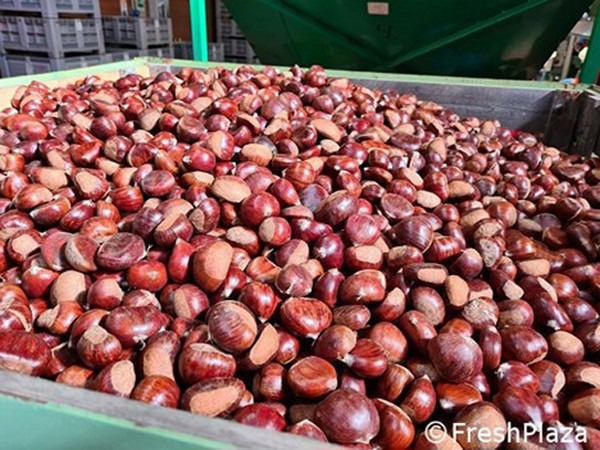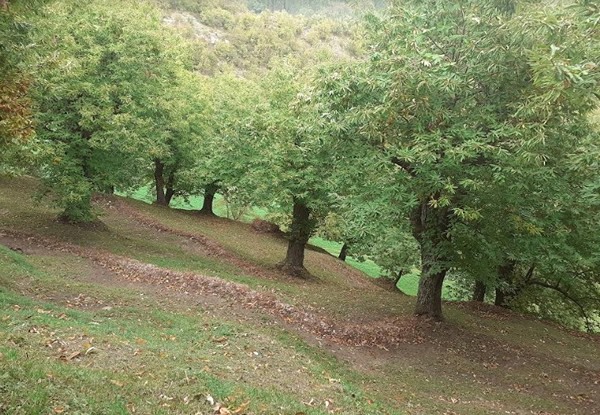This year, a significant number of representatives from the chestnut production sector will attend Macfrut - one of the leading fresh produce events in Europe to be held in Rimini on May 3-5, 2023 - for the first time.

The idea to give voice to this segment came to life thanks to CSDC-Centro di Studio e Documentazione sul Castagno di Marradi and to the teamwork of Elvio Bellini and Luciano Trentini. A dozen companies dealing with chestnut production, phytosanitary defense, fruit harvesting and packaging and trading will attend.
"The success of chestnuts is due to their peculiar characteristics and versatility. They are suitable to be commercialized and consumed fresh in the fall and winter between October and February, but can also be placed on the market as processed products be available all year round - flour, marron glacés, chestnut spread, pasta, biscuits, etc. They are particularly important because they do not contain gluten, so they are suitable for coeliacs."
 Sound and light dissuader to safeguard chestnut productions against boars during harvesting time
Sound and light dissuader to safeguard chestnut productions against boars during harvesting time
According to FAO data, over 2,300,000 tons of chestnuts are produced globally, over 220,000 of which (around 10%) in Europe. According to ISTAT data, in 2022 Italy produced around 57,000 tons of chestnuts on 36,000 hectares. Chestnut groves are among the leading species after hazelnuts (84,000 hectares), oranges (83,000 ha), peaches and nectarines (66,000 ha), almonds (53,000 ha) and table grapes (45,000 ha).
Campania is the leading producer region with a 44% share, up by 60% compared to 2016. It is followed at a distance by Calabria with 20%, Lazio with 12%, Tuscany with 9% and Emilia Romagna with 7% (source: Istat 2021). Chestnuts are purchased by 27% of families, which consume around 2.3 kg of fresh produce spending a little over €11.
 A traditional chestnut grove in the Tuscan-Romagna Apennine
A traditional chestnut grove in the Tuscan-Romagna Apennine
"With such a low penetration index, there is a lot of margin for growth and we believe Macfrut is the ideal place to promote this species, which guarantees considerable advantages from the point of view of nutrition, health, the environment and the landscape. That is why Centro di Studio e Documentazione sul Castagno is promoting an initiative in collaboration with the Accademia dei Georgofili in Florence to have the chestnut tree declared part of the World Heritage."
The calendar of conventions will be published over the next few days, which will enable visitors to get to know all the new introductions by exhibitors.
CSDC - Centro di Studio e Documentazione sul castagno in Marradi hosts one of the leading global exhibitions on the products obtained from chestnut processing and features 150 thematic panels.
